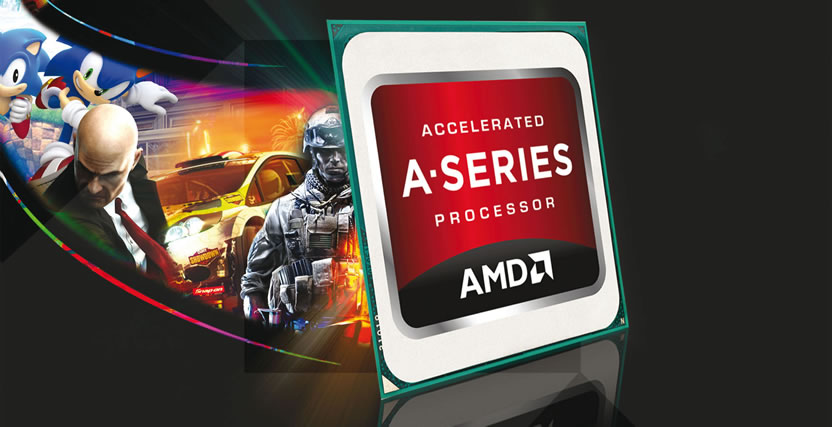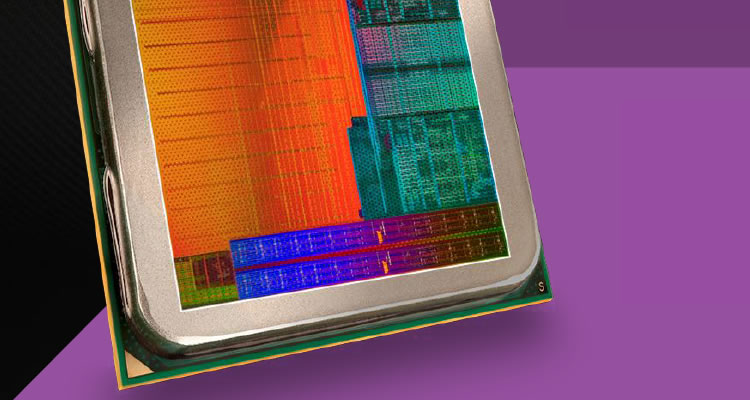Single-Chip PC Gaming on a Budget?
AMD's Richland architecture was underwhelming when we first reviewed it last June. The A10-6800K's CPU performance was only a fraction faster than the A10-5800K Trinity chip, while its GPU performance went virtually untouched over a generation. However, Richland APUs weren't a total disappointment because if nothing else, they brought higher clocks that helped them outperform their predecessors in some cases.
Jumping to this month's update, Kaveri's processor brings bigger changes that result in a welcomed efficiency boost. Despite being clocked 16% slower than the A10-6800K, the A8-7600 was often less than 10% slower. This improvement is particularly noteworthy when you look at consumption figures, with the A8-7600 using 78% less power than the A10-6800K at idle and 51% less under full load – on par with the Core i5-4430.

It's been a long time coming, but AMD is finally starting to realize and deliver on the promise of PC gaming using its integrated APU architecture
Unfortunately, those numbers are less relevant if you focus on performance results. The A8-7600 really struggled in tests including WinRAR, InDesign and HandBrake, and although it runs at a lower frequency than the A10-6800K, we were still a bit disappointed after comparing each at 3.0GHz. Of the 10 real world application tests we ran clock-to-clock, half favored the A10-6800K while the A8-7600 had a ~10% lead in the rest.
When it came to raw CPU performance at less than $200, Intel's Core i5-4430 dusted the A8-7600 by a country mile. That said, at $190 the Core i5-4430 is better compared to AMD's A10-7850K while the $130 Core i3-4130 is closer to AMD's asking price of $120 for the A8-7600. Even so, there weren't many examples of the A8-7600 beating the i3-4130 in CPU power, barring a solid lead in 7-zip and a narrow one in After Effects.
The A8-7600 also matched Intel's chip in Photoshop CS6, but it had no chance when running InDesign, WinRAR, Excel and PowerPoint. This, of course, is offset by far superior gaming performance, which was roughly on par with the A10-6800K despite the A8-7600 consuming a little over 50% less power. We should note again though that the A8-7600 was using slightly lower memory because it wouldn't work with DDR3-2400.
The Core i3 is typically faster and it uses less power, so it's an obvious choice for non-gaming machines while AMD's A8-7600 is clearly the smarter pick if you want to enjoy 3D graphics without a discrete GPU. With the right motherboard and memory, you have a basic gaming platform that can handle BioShock Infinite, Tomb Raider and other modern titles for less than $300. At the end of the day, it's hard to be bummed about that.
score
Pros: Kaveri's efficiency gains make it a wise choice over Richland while AMD's powerful integrated graphics and affordable pricing are enough to counter Intel's faster CPUs.
Cons: Relatively weak speed gains overall with a 10% clock-for-clock performance bump over Richland, while the older part actually came out on top more than we expected.
